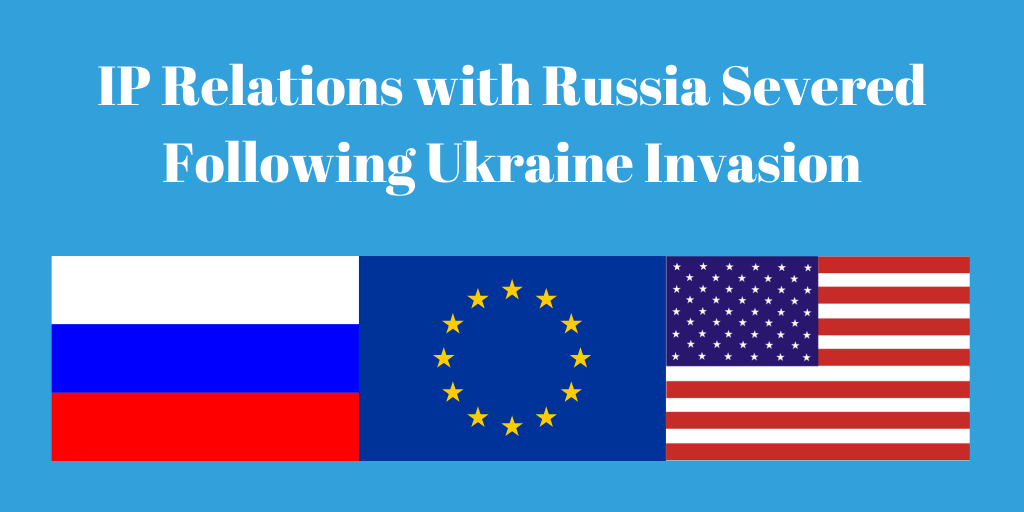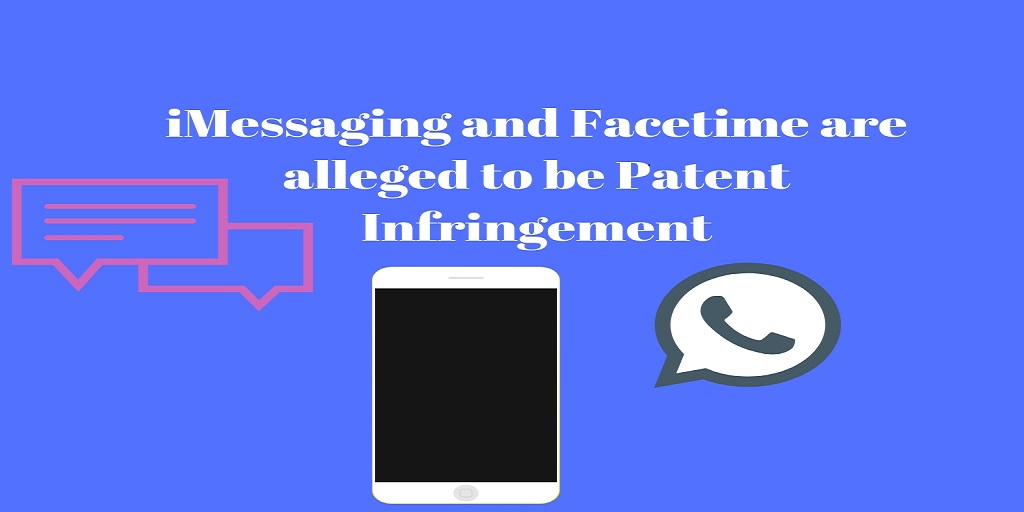“Patent Marking Police” Looking for the Big Jackpot
Since my recent blog post entitled “Patent Trolls” Search for Falsely Marked Products the ad hoc “patent marking police” have filed at least 17 lawsuits alleging false marking against 33 different companies. This number is an approximation because False Marking suits are not consistently categorized within the federal court system. To see a list of False Marking suits filed in the last 2 months, go to Justin Gray’s blog, Gray on Claims.
The law allows any private citizen to bring a qui tam action on the government’s behalf against an entity that falsely marks unpatented products. A court can levy a fine for up to $500 for every product that is falsely marked. The final award is split evenly between the government and the person that brought suit.
What will happen if one person wins a huge damages award in one of these cases? How many more would be “Patent Police” will come out of the woodwork? In a blog post on IPWATCHDOG.com you can read A Fanciful False Marking Fiction By a Cottage Industrialist where the author daydreams about how “I just made 42 bajillion dollars today. And it’s not even 9 am.”
How easy is it to file a Patent False Marking complaint? Take a look at this complaint (PDF). Maybe you can be the next bajillionaire.
The two elements of a 35 U.S.C. § 292 false marking claim are:
- marking an unpatented article; and
- intent to deceive the public.
It will be interesting to see if the courts will find the necessary intent or mens rea to find false marking and what the courts will do in the “exercise of their discretion” as to the size of damage awards. Some argue that if you are marking a product with a patent number you should know when it expires and what it covers. Intent to deceive should be easy to prove. (See comment #7 by “Noise above Law“on IPWATCHDOG’s post)
Now what about the damages award? The Federal Circuit held in the case of Forest Group, Inc. v. Bon Tool Co., No. 2009-1044, that the plain language of the false patent marking statute, requires courts to impose penalties for false patent marking on a “per article” basis.
The §292 statute provides a fine of “not more than $500 for every such offense. This does not mean that a court must fine those guilty of false marking $500 per article marked, even though it can. The statute provides district courts the discretion to strike a balance between encouraging enforcement of an important public policy and imposing disproportionately large penalties for small, inexpensive items produced in large quantities.
This means a court has the discretion to determine that a fraction of a penny per article is a proper penalty. The court’s exercise of discretion is a balance between the chilling effect of false marking and imposing a mind boggling 42 bajillion dollars to be shared between the government and a brilliant member of the “patent marking police.”
What is the chilling effect of a patent whose number has been falsely marked upon a product?
- Potential competitors may be dissuaded from entering the same market
- It may deter scientific research when an inventor decides to forego continued research to avoid possible infringement
- Can be the reason for unnecessary investment to design around
- Increases cost incurred to analyze patent validity or enforceability

Before taking my first law school exam Joe Walsh, a fellow law student, said to me that his attorney father gave him this advice: “If you don’t know what the answer to a question is, make pretend you are the judge and come up with a fair resolution.”
Okay, you are the judge, what do you think is fair?
Related posts:
“Patent Trolls” Search for Falsely Marked Products
“Patent Reform Act of 2010” and False Marking Rule Change





